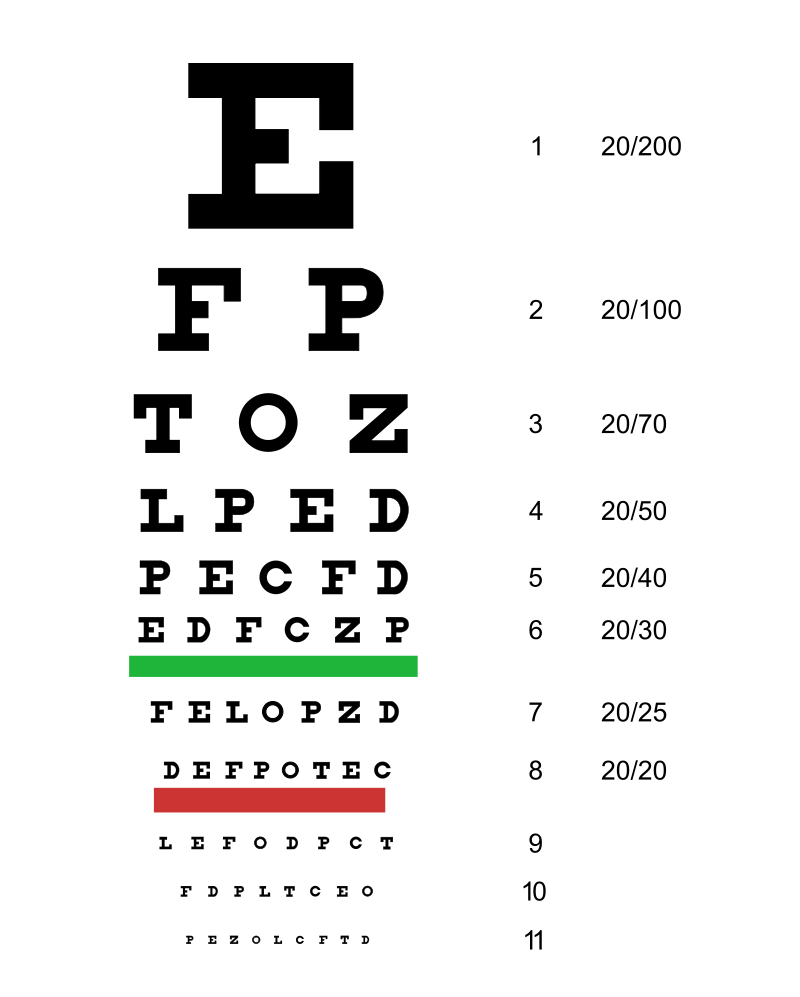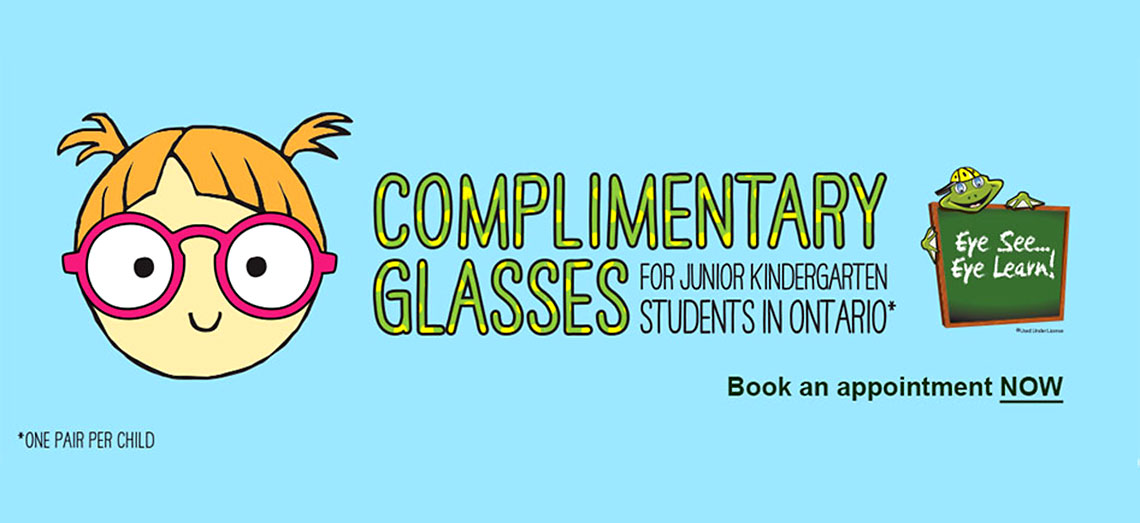Meibomian Gland Expression
Attention pimple poppers!
If you secretly love watching pimple popping videos, you’ll probably get the same satisfaction from watching MEIBOMIAN GLAND EXPRESSION (aka squeezing)! If not, you should probably skip this video 😉
Meibomian glands are located in your eyelids, and they secrete the oily component of tears which keeps them from evaporating. When they are blocked or not producing enough oil, that is a leading cause of dry eye syndrome. They can also get clogged with makeup, so make sure you thoroughly clean your eyelids right to the base of your eyelashes every night.
If you suffer from redness, gritty/sandy feeling, stinging, occasional blurry vision, or uncontrollable watering – call (905) 666-4848 to get an eye exam to determine whether you have Dry Eye Syndrome. Yes it sounds weird, but even watery eyes is a sign of dryness!
For now, please enjoy this wonderful video of meibomian gland expression Imagine how nice it would feel after you open up those clogged pores! #FunFriday #OnlyFunForDrLee
(not my video)
Eye Cancer Found On Routine Exam
People always think they would notice if something was wrong with their eyes, but that’s not always the case!
I had a patient last year, who had come in just because she felt like she needed stronger reading glasses. In fact, she almost cancelled her appointment because she was busy that day. Everything checked out: distance vison was great, and she did just need a boost for up close. Everything appeared normal up until the very last step of the exam. After dilation, I was able to see to the edges of her retina, and found a choroidal melanoma. Choroidal melanoma is the most common primary malignant eye tumor and the second most common type of primary malignant melanoma in the body. She was referred immediately and received radiation therapy. I saw her again this year, and so far she is doing well
The first picture below is a straight on view of her retina. Everything looks normal. The second picture is what was visible when she looked to the side. The melanoma was way off on the edge of her retina, which is why she did not have any symptoms or notice any changes in her vision.
A “virtual” sight test would not have caught this. If she was issued a renewed prescription online without a comprehensive eye exam, this would not have been found. #VisionHealthMonth


Are Online Eye Exams Accurate?
The short answer is: No.
This is a response to the article: Warby Parker wants to check your eyeglass prescription with an app but some are calling the approach ‘dangerous’
“4. In about 24 hours, you get your results sent via email. If it hasn’t changed, the doctor will write you a new one. If it has, the doctor might recommend a visit to the optometrist.”
First of all, if the prescription has changed – you still have to go see your optometrist! This will not save you money.
If it hasn’t changed, you still have to come in for a comprehensive eye exam. I have seen many patients with health conditions that have required care, even though the “numbers” on their prescription hadn’t changed. No change in prescription does NOT always mean no health issues!
Warby Parker claims that their test is “accurate,” and that may be true, but their test only scratches the surface of 1 out of 12 components of a regular eye exam. Don’t be fooled – their goal is to maximize profits, not advocate for your health and wellness.
#VisionHealthMonth
Free Glasses for Kids in Junior Kindergarten
If your child was born in 2012, get him/her in for a comprehensive eye exam before the end of JK!
We have a wonderful Eye See Eye Learn program which allows us to provide JK students with glasses, if needed. 🤓 Thanks to our industry partners OGI and Nikon for their support! 😘
Call (905) 666-4848 to book. We welcome new patients! 🤗
- Go to the previous page
- 1
- …
- 10
- 11
- 12
- 13
- 14
- 15
- 16
- …
- 22
- Go to the next page




